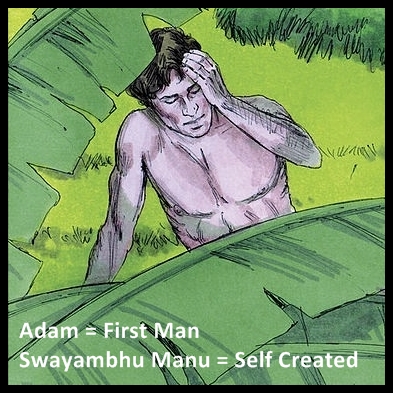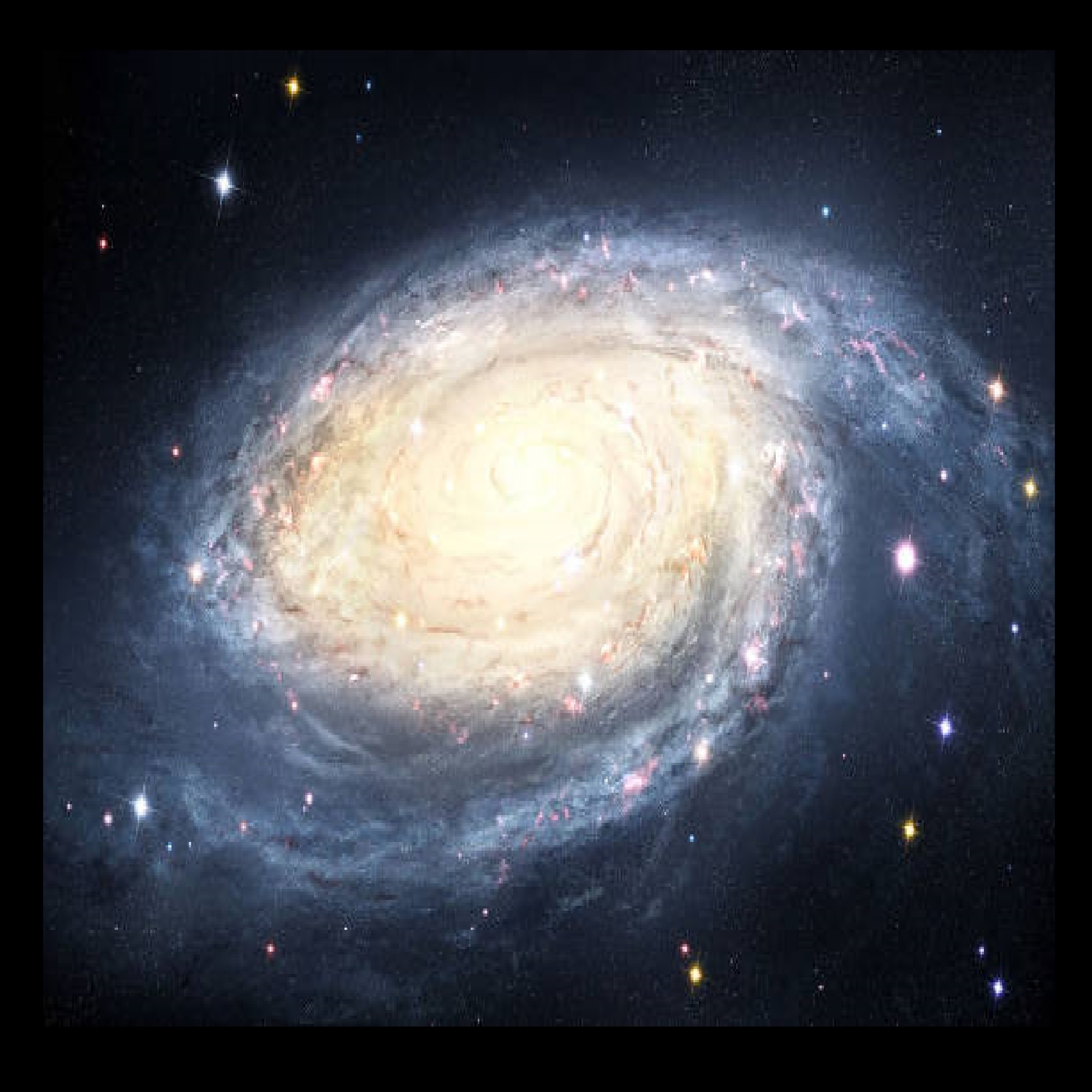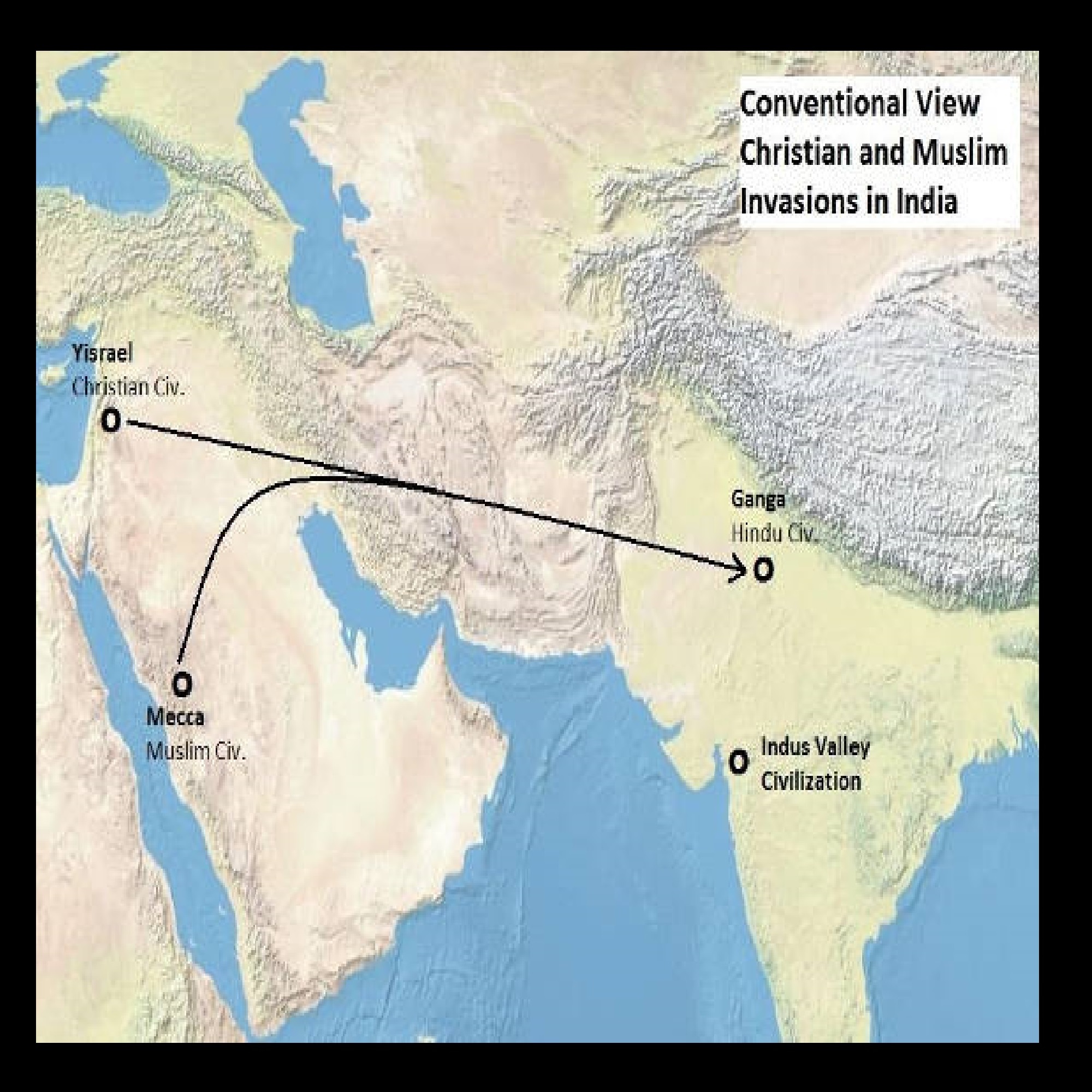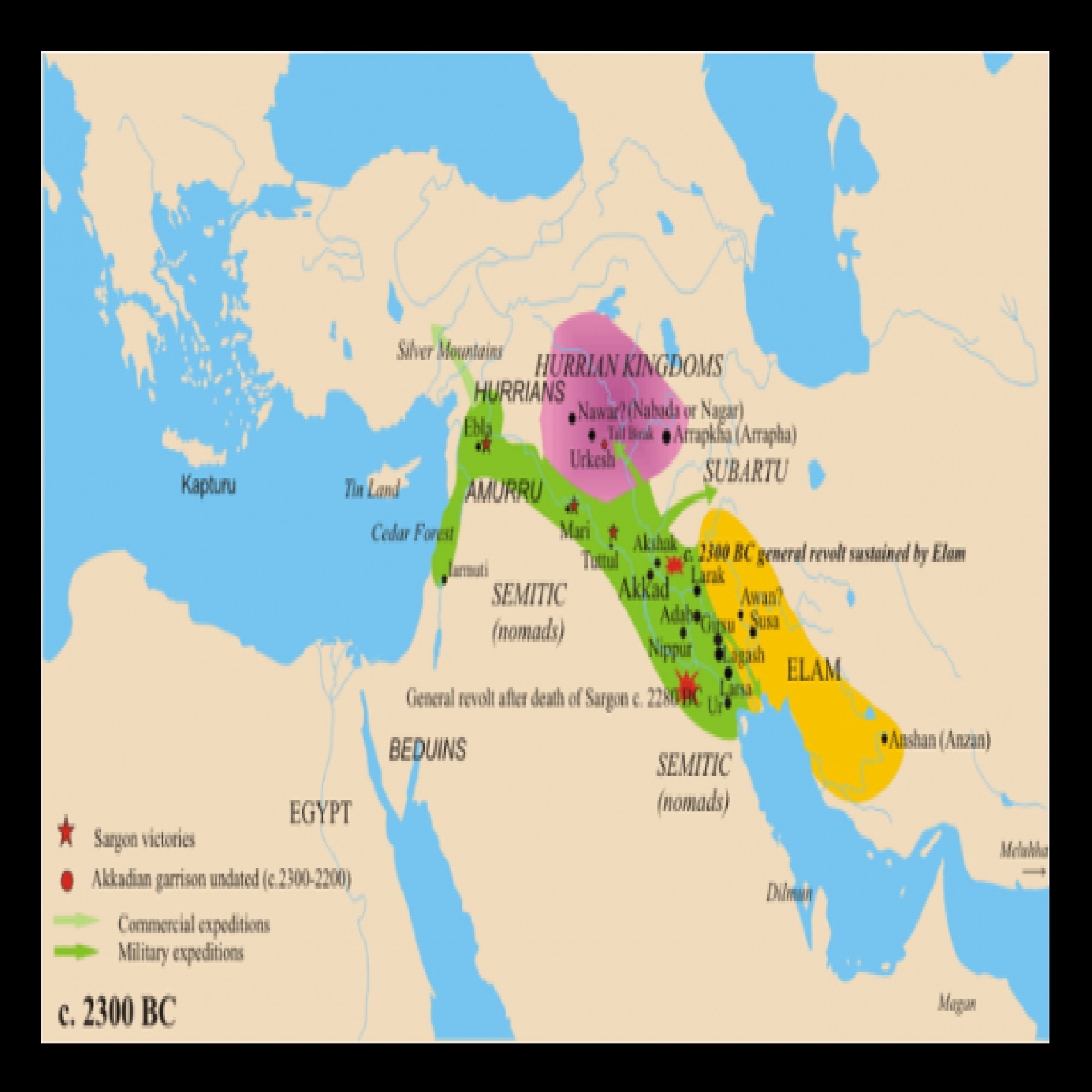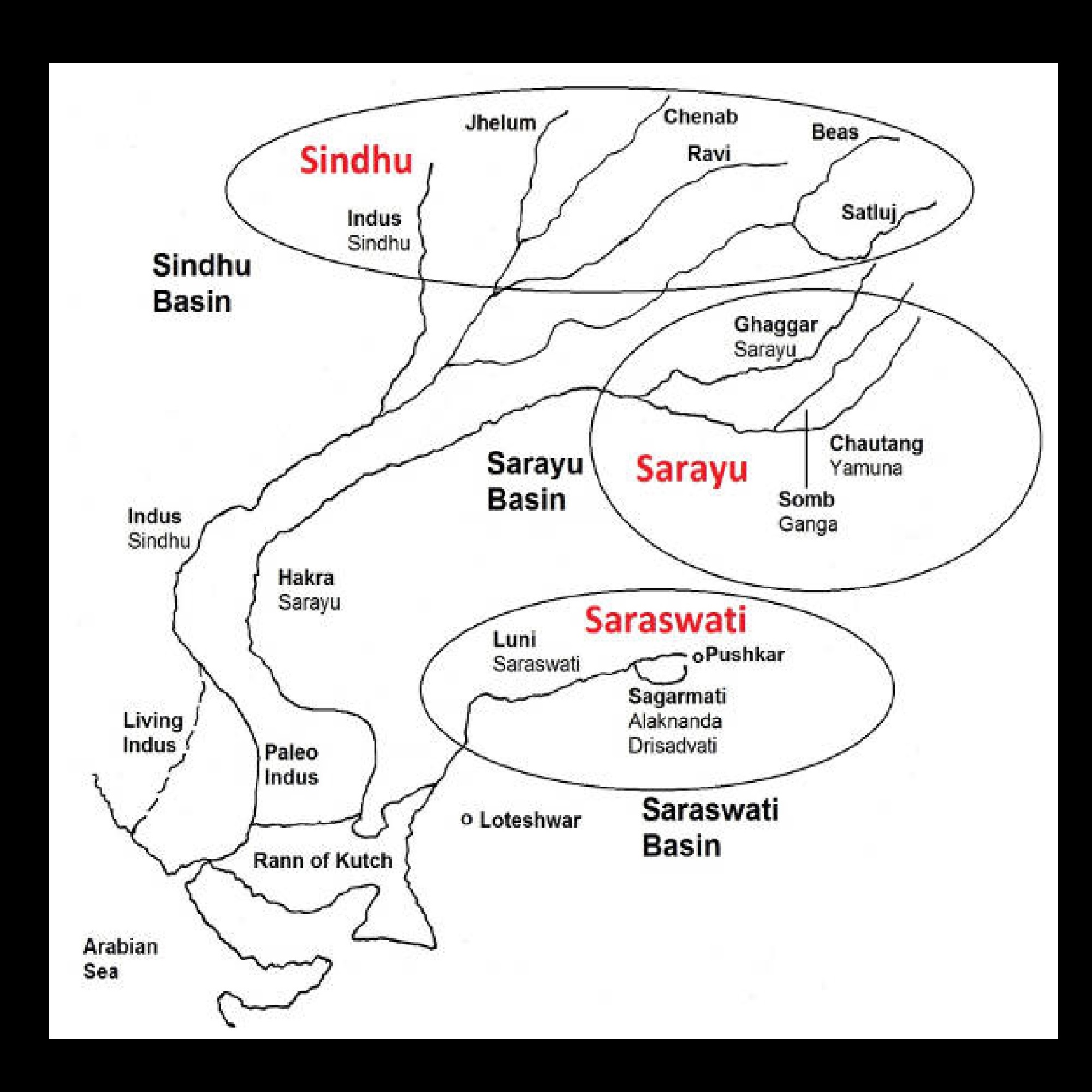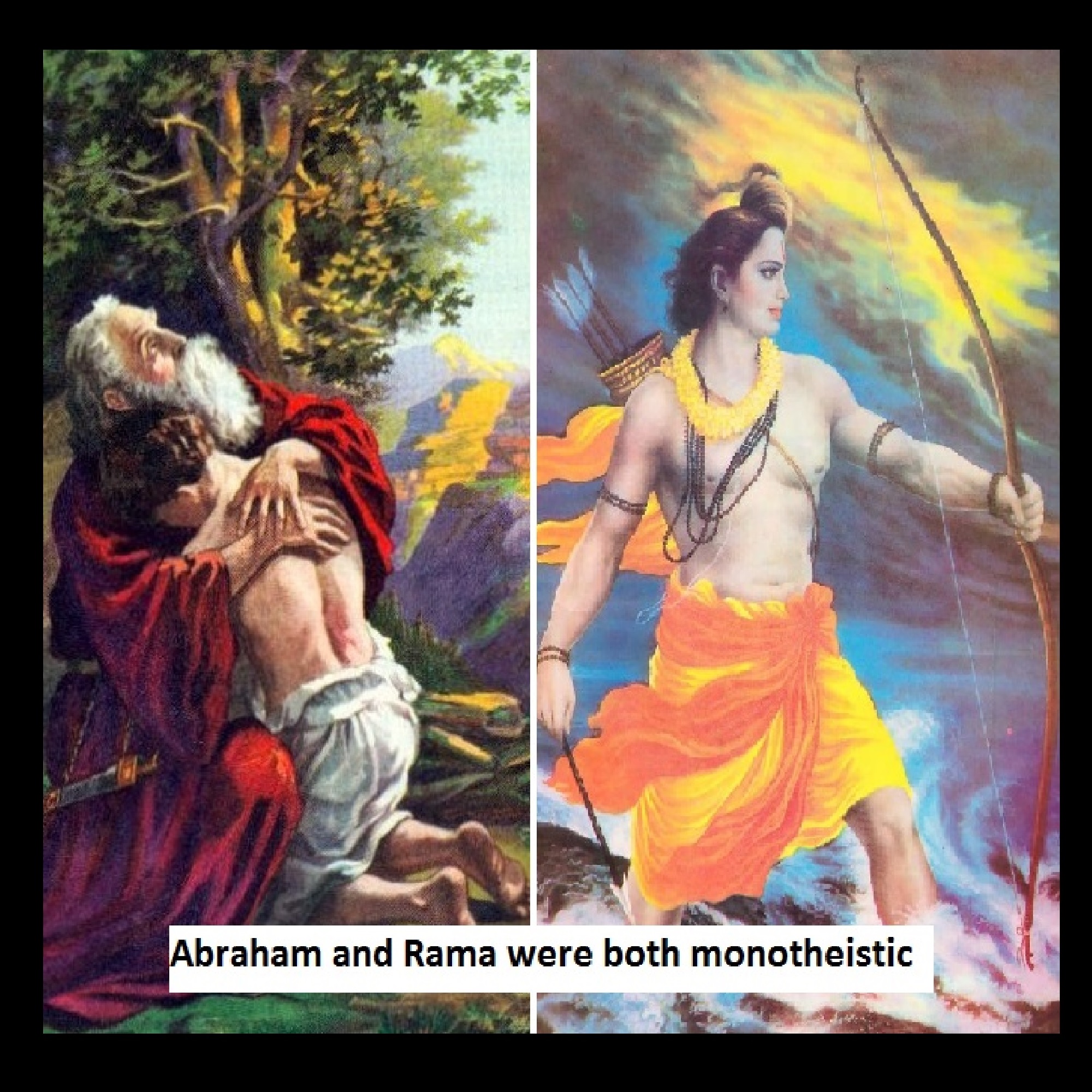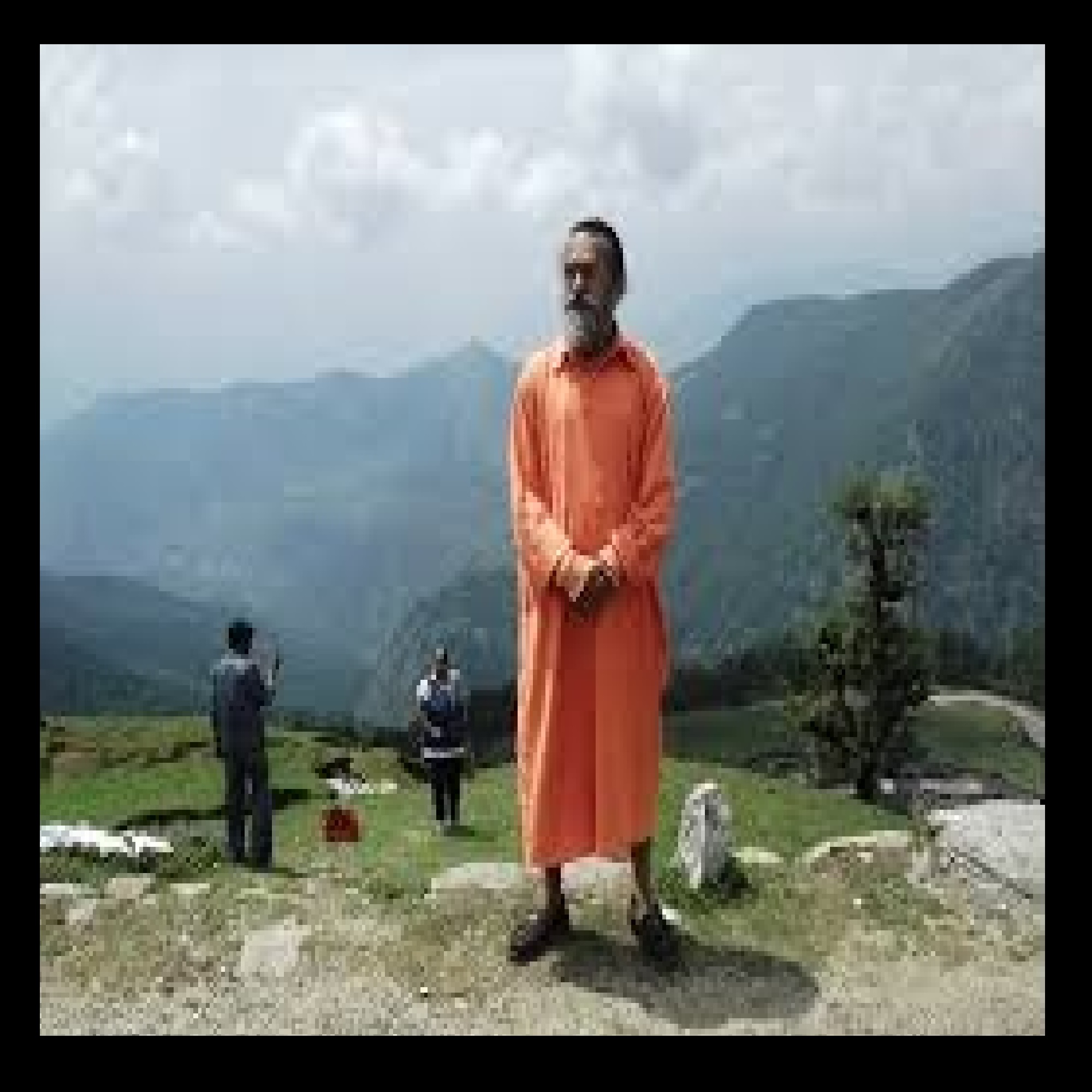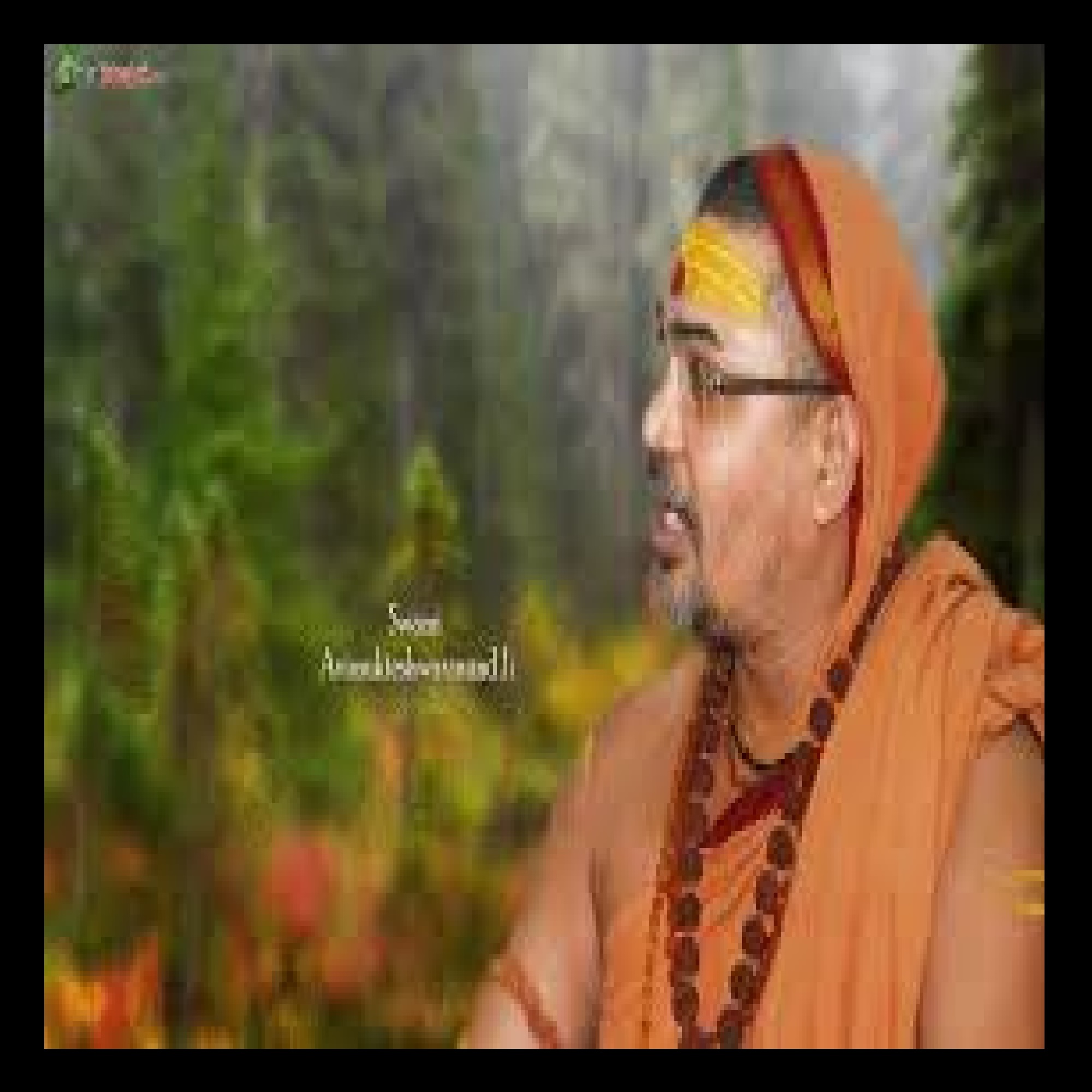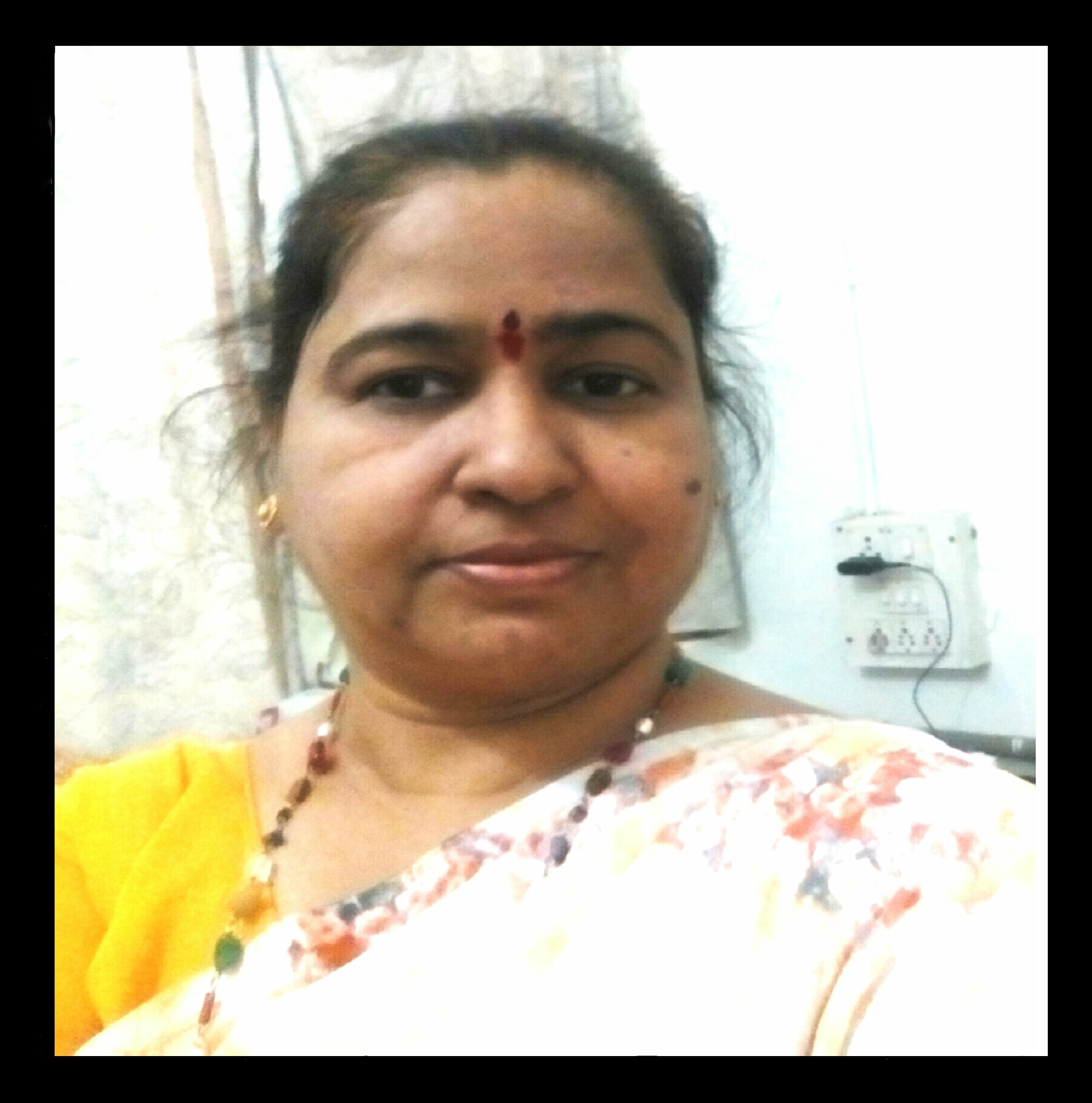Can an out-of-the-box hypothesis lead us to truth? Anyone who starts reading the book would naturally be tempted to ask oneself. Jhunjhunwala puts forth a bold new hypothesis that the five early Prophets of the Jews, Christians and Muslims, namely Adam, Cain, Noah. Abraham and Moses lived in the Indus Valley and Moses led the Exodus from here to Yisrael. He further suggests that five early Prophets of the Hindus, namely, Swayambhu Manu, Indra, Vaivaswat Manu, Rama and Krishna lived in the Indus Valley and Krishna led the Yadavas from here to Yisrael. Jhunjhunwala does not stop here. He goes on to suggest that these five pairs of Prophets were the same persons. The book is profusely illustrated with 204 pictures and is comfortable to grasp given the complexity of the subject. Briefly, Jhunjhunwala says that Semitic Adam was the same person as Hindu Swayambhu Manu. He lived at Pushkar in Rajasthan. The institution of marriage started at this time. Semitic Cain was the same person as Hindu Indra. He lived in North Gujarat. He killed his relative Abel or Vritra. Semitic Noah was the same person as Hindu Vaivaswat Manu. He lived at Jalore in Rajasthan. The Great Flood took place at his time.
Semitic Abraham (or Ab-ram) was the same person as Hindu Rama. He lived at Ghuram in Punjab. He travelled south with his wife and a close relative named Lot or Lakshmana. Semitic Moses was the same person as Hindu Krishna. He lived in Sindh in Pakistan. He was taken into a river during infancy to save him from death. He led the Hebrews or Yadavas from the Indus Valley to Yisrael. The Semitic tradition places the Prophets in West Asia while the Hindu tradition places them in the larger Indian Subcontinent. According to Jhunjhunwala, these traditions do not match with the geographical and archaeological evidences. Therefore question arises whether we give more importance to the living traditions or to the geographical and archaeological descriptions. Jhunjhunwala has ranked the evidences as follows: (1) Geography; (2) Archaeology; (3) Similarity of names; and (4) Living traditions. This provides a plausible framework to assess various levels of evidences. This is the key basis on which Jhunjhunwala’s hypothesis stands. Jhunjhunwala says the geography and archaeological evidence from the Indus Valley match beautifully with the geographical details given in the scriptures. Needless to say it is a bold new thesis which will shake up the existing beliefs and traditions of the Jews, Christians, Muslims and Hindus alike. It is likely to challenge the existing establishments hence resistance to these new ideas is to be expected. The hypothesis is equally arrayed against the popularly held assumptions of Semitic and Hindu religions. The Jews and Christians believe that the Five Prophets lived in the large area covering ancient Iraq and Egypt. The Muslims believe that Adam and
Abraham had a connection with Mecca in Saudi Arabia. The Hindus believe that Rama lived at Ayodhya and Krishna lived at Mathura in Uttar Pradesh. These beliefs of both streams of religions stand equally challenged by Jhunjhunwala. We may therefore expect him to have few friends. Scholars have often noted the similarities in the value systems of the Semitic and Hindu religions. That commonality of values will get a historical anchor if Jhunjhunwala’s hypothesis holds.
That will be an uphill task though. Both Semitic and Hindu scholars have provided geographical and archaeological evidences to support the location of the Prophets in West Asia and the larger Indian Subcontinent respectively. Therefore, it is necessary that scholars from both the traditions have a dialogue with this hypothesis so that we all reach the common truth that may have been hidden for many thousand years. The book is handicapped by the fact that the script of the Indus Valley has not been deciphered yet. Therefore, there is no way for us to know whether the Prophets indeed lived there. Jhunjhunwala very partially tries to vercome this difficulty by showing that the signs of the Old Hebrew and Indus Valley have many common signs. I would have liked Jhunjhunwala to deal with a few points that are, if at all, mentioned only cursorily. The relationship with the Aryan Migration theory, though discredited by some, is not discussed in the book. The similarities in place names in Central Asia and the Vedas are left unexplained. The relationship if any between the Vedic and Avestan languages and peoples could also have been dealt with. Attention could have been given to the recent findings by experts on Semitic scriptures that Adam, Cain and Noah were no prophets but merely shared myths borrowed from elsewhere. The evolution of Homo sapiens in Africa and their spread across the earth is mentioned only very briefly. An in-depth critique of these existing theories would have cleared air further on the topic. The hypothesis presented in the book requires a serious examination by a multidisciplinary team of scholars well versed in the scriptures as well as archaeology. This book—if it holds—will change the way we understand the respective religions and their origins. Of course, we do not need this identity of prophets to overcome the divisions between any sets of religions or theirs sects nor such an oneness of source would ensure any camaraderie between them as history and present day animosities teach us. However, truth may have to prevail.
Visit our website: https://www.commonprophets.com/
For Videos: https://www.youtube.com/channel/UCN4sb3toJxNGPjmSubnwz_Q
For more information on the theory of Common Prophets, Please like my FB Page One God One 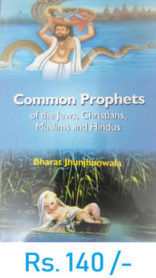 Religion, Subscribe my English channel One God One Religion, subscribe my Hindi Channel एक ईश्वर, and you may like to buy my book here.
Religion, Subscribe my English channel One God One Religion, subscribe my Hindi Channel एक ईश्वर, and you may like to buy my book here.

